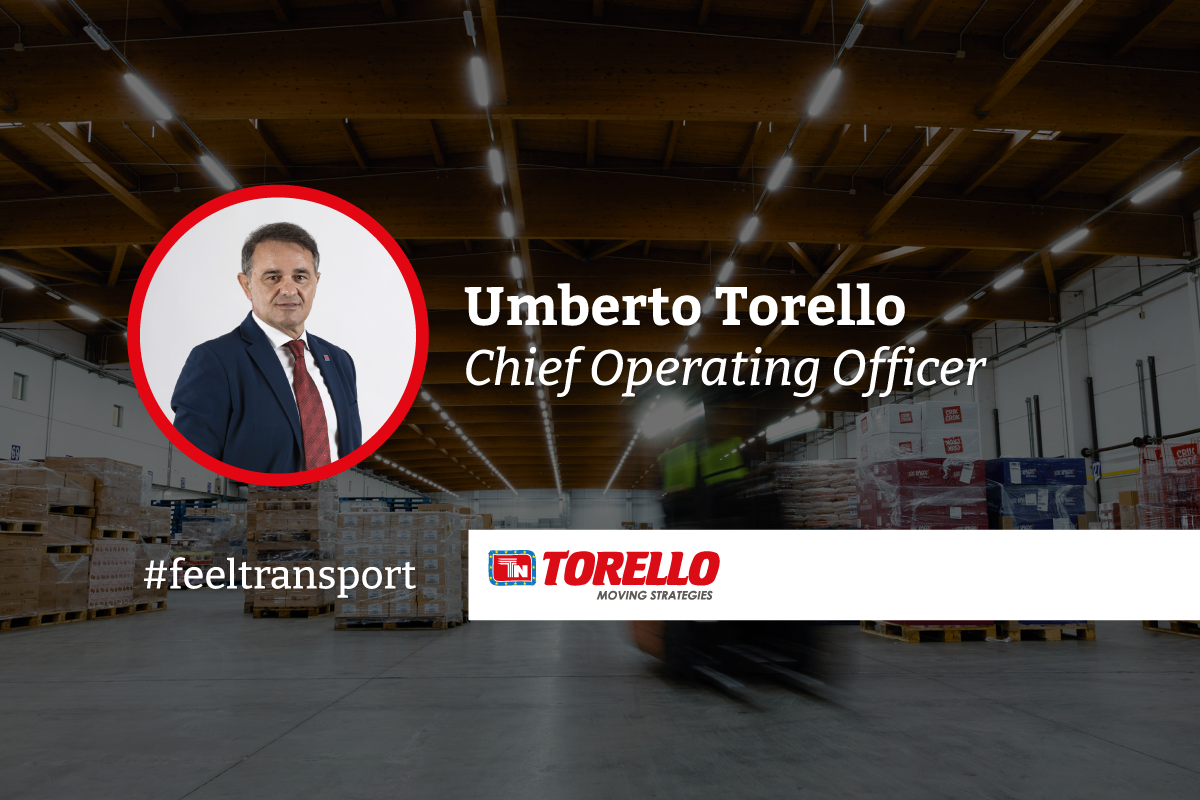“There has to be. The collaboration of the row’s actors is crucial “.
A career in transportation and a brilliant start in logistics have earned him the nomination to
President of the Section of Specialization Food Transports Anita and Transfrigoroute Italy for two consecutive terms. This year, we will vote for renewal, and who knows what will happen…
Earth Day has just passed, and the awareness of all people – regardless of ethnicity, gender, income, or geographical origin – that they have a right to a healthy, balanced, and sustainable environment appears to be maturing.
Maintaining a sustainable environment entails not using resources until they can no longer be reused, and logistics understands this well because it is structured in various activities, the most significant of which is transportation, which is responsible for greenhouse gas emissions. The perishable nature of the product passing through the supply chain only exacerbates the problem. Umberto Torello provides an overview of the food sector as it is driven by consumers and what can be done, even if indirectly, to reduce waste and the environmental impact of food transportation.
Torello, Chief Operating Officer, Unico DIF Network Administrator, Anita, President of the Sectionof Specialization Food Transports, and Transfrigoroute Italy: The field has a lifespan of 360 hours.The significance of focusing on logistics in order to raise awareness of conscious consumption.
In contrast to resource exhaustion, the contribution of logistic activities is critical. We’re talking about an activity that has a significant environmental impact. Second, Sapio conducted a study on supply chain visibility (London society leader in the market searches) According to Zetes, optimizing supply chains could save €240 billion just by reducing food waste. Raising people’s awareness of the importance of resource conservation is the only weapon we have to protect the Earth.
Distribution is critical in the fight against food waste.
Working with fresh and highly perishable products has resulted in a strong emphasis on antispreco solutions over the years. Reduced empty vehicle journeys, optimized delivery routes, and timely deliveries to ensure the product has a longer shelf life. When you work to reduce the environmental impact of transportation, you often get a cost reduction as well. We are constantly working on different distribution logistics solutions, as well as non-polluting mobility solutions.
The primary issue is the cool.
In practice, it is the product itself that draws the two possible market scenarios, or stock depletion and excessive procurement, which poses problems related to the product’s shelf-life, i.e. deadlines. It is clear that the evolution of legislation in recent years has contributed to the development of greater supply chain sensitivity by regulating issues such as civil liability, hygiene Health, and providing the supply chain actors with useful tools to increase attention. We are, in my opinion, at a fairly advanced level of awareness.
The strategy for coordinating supply chain actors.
We require a strategy, an approach that we have been developing for years. The logistics for food has a term that, more than others, is about to explain the necessity of planning and coordination between the row’s actors. Long-term vision and technology are required. Monitoring, data crossing, supply chain visibility, and traceability are all examples of strategy. Expiration dates and storage temperatures dictate time and seasonality, so collaboration is required to keep all of the complexity of references managed by industrial production to the “shelf” together. It is possible to reduce waste with better logistics organization.

